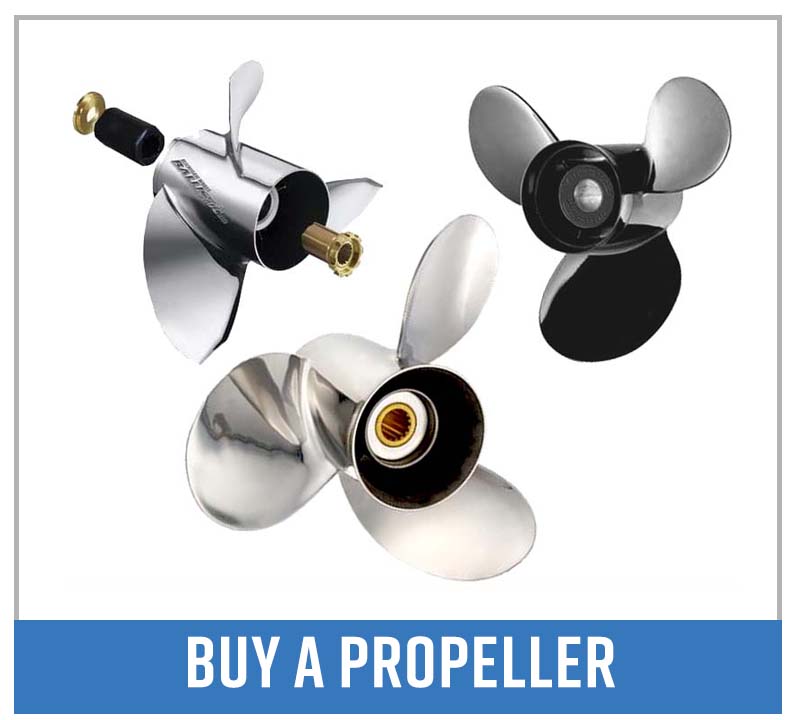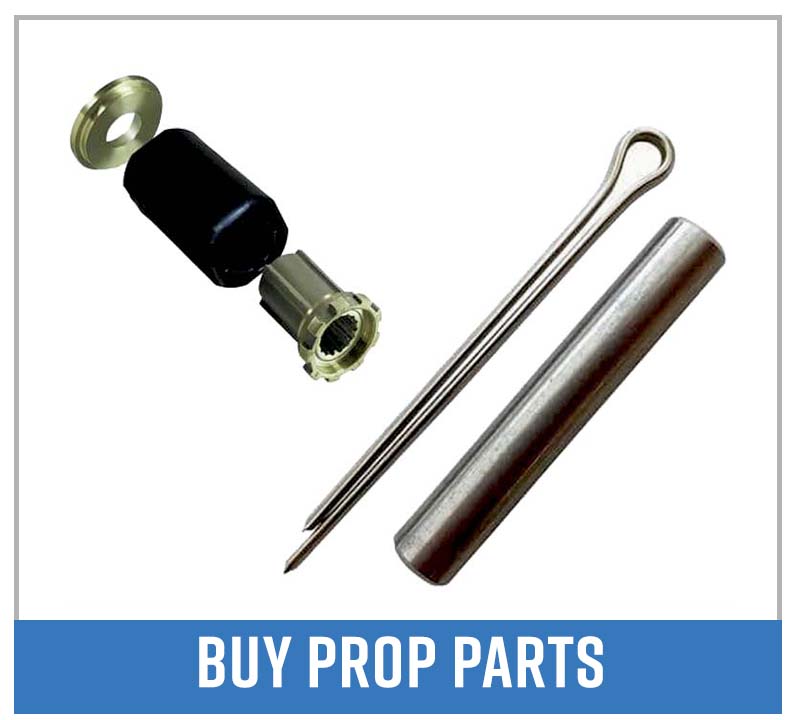How to Check for the Correct Propeller Pitch
Posted by MarineCopkingo on
Having the correct propeller pitch is extremely important, as it affects the performance of a boat – hole shot, top speed, etc. Pitch also ensures the motor is working in its optimum wide open throttle RPM range, and that it’s not being unduly stressed.
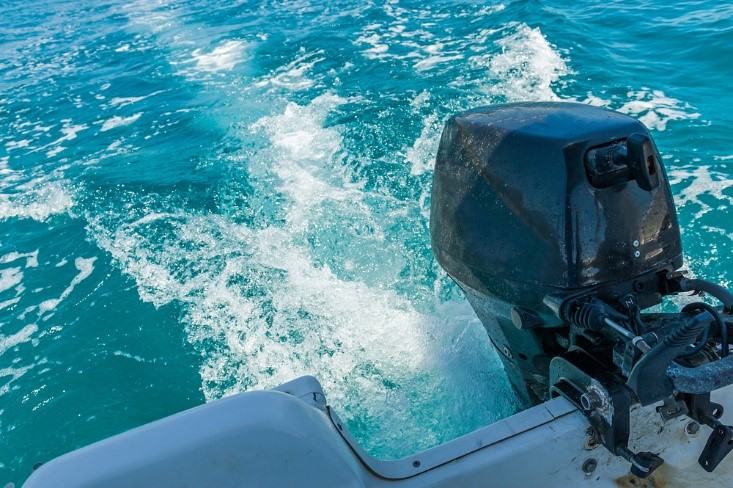
If your prop’s pitch is incorrect, you’ll be losing performance and running the risk of damaging your motor. Never assume your boat’s propeller pitch is correct, even if it’s a brand new boat.
The amount of passengers or gear on a boat make a big difference on determining the correct pitch requirements. And if you bought a secondhand boat, it’s highly likely a former owner changed the propeller at some point, leaving uncertainty about the correct prop pitch. Propeller pitch is measured in inches, and changing prop pitch by even an inch will significantly alter the WOT RPM of a motor.
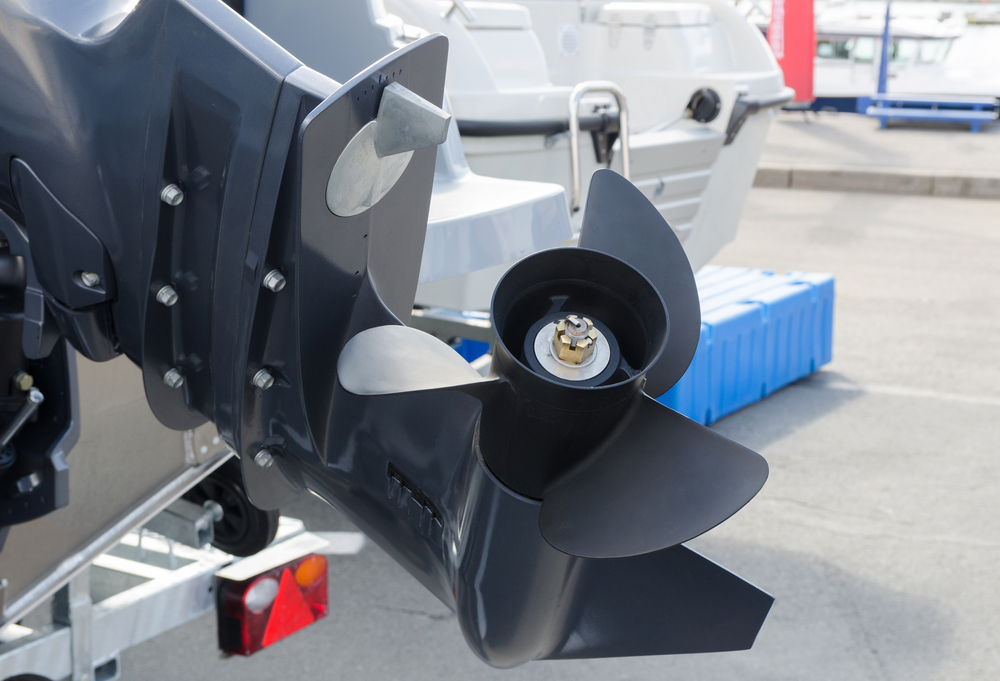
Decreasing prop pitch will increase the RPM, and increasing prop pitch will decrease the RPM. Checking to see whether a boat’s prop pitch is correct is very simple, and because all it really involves is piloting your boat at top speed, it’s also fun!
Checking Prop Pitch
Step 1. Head to a calm, open expanse of water and take your boat up to wide open throttle (WOT).
Step 2. Trim the motor up to reach maximum speed. This will be the point just before the prop loses bite and the speed begins to fall off.
Step 3. Note the motor’s RPM while at top speed/WOT.
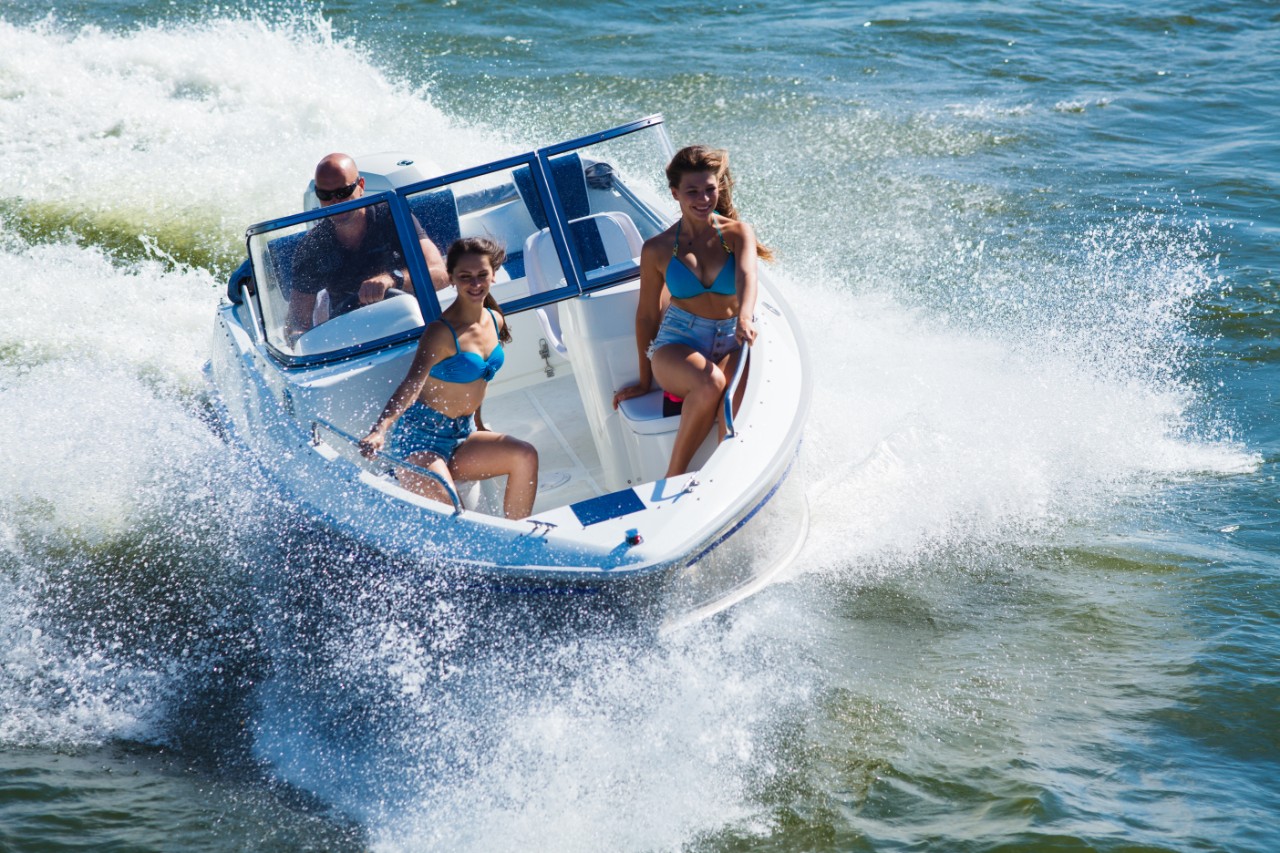
PRO TIP: For the most accurate result, fill up the engine with gasoline, and load the typical amount of people and gear it usually carries. Checking the prop pitch when the boat is loaded provides a genuine measure of performance. It’s also best to make 3-4 runs in different directions to account for tide and wind.
Understanding the Results
When you know your boat’s RPM is at wide-open throttle, compare it to the engine manufacturer’s recommended WOT range, which can be found in the owner’s manual. The propeller’s pitch is correct if the RPM you noted is right in the middle of the manufacturer’s recommended range.
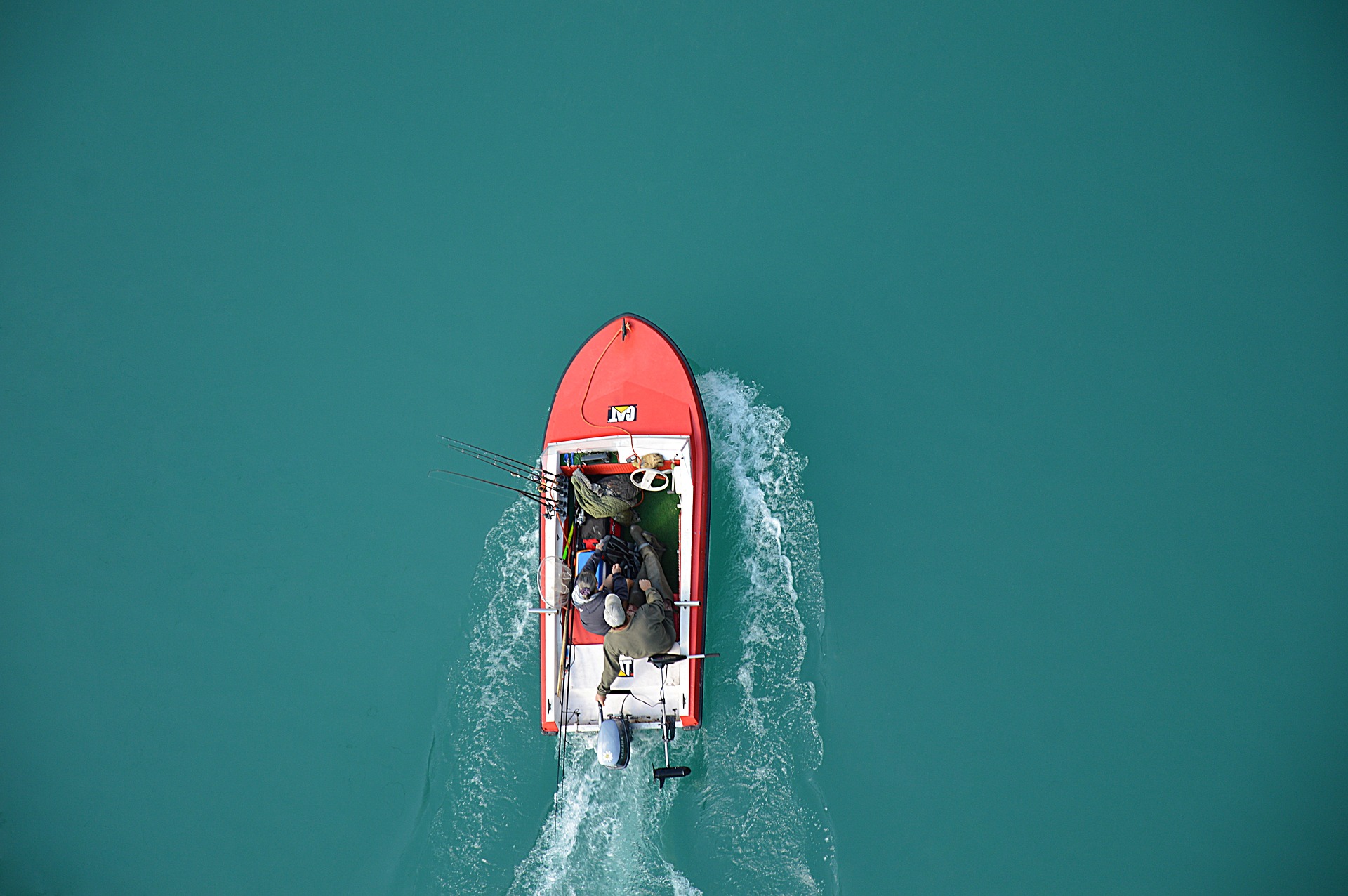
If the RPM is at the top of or above the recommended RPM range, you’ll need to choose a propeller with a larger pitch. However, if the RPM is at the bottom of or below the recommended RPM range, you’ll need to fit a prop with a smaller pitch.
COPKINGO MARINE PARTS STORE!
